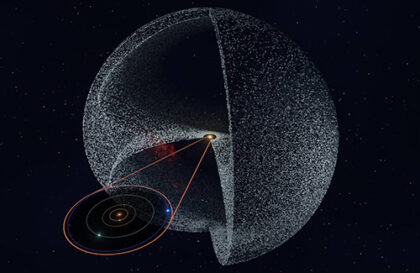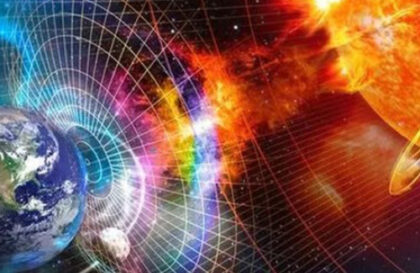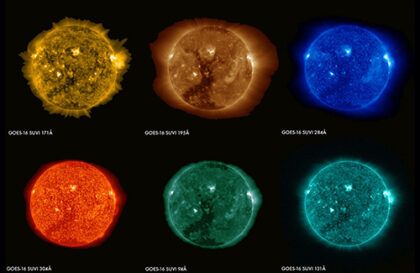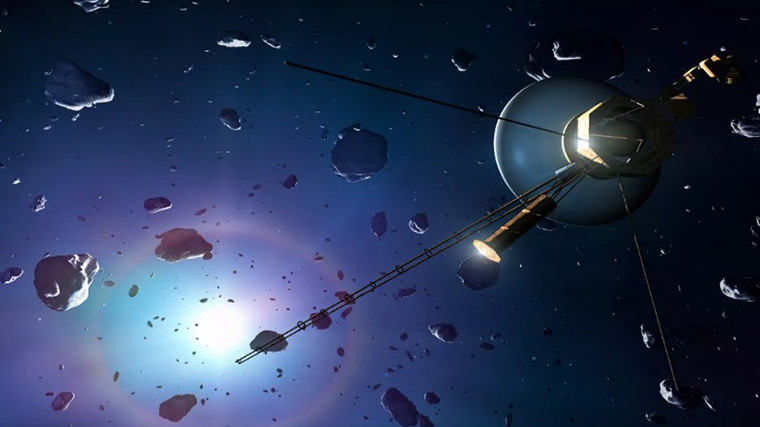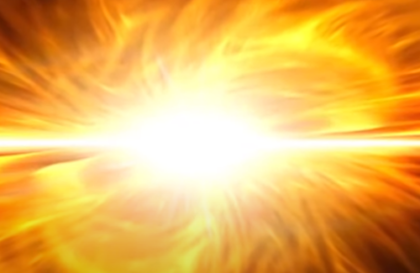The solar wind is a stream of charged particles released from the Sun’s upper atmosphere and traveling throughout the Solar System. It comprises electrons, protons, and alpha particles with kinetic energies between 0.5 and 10 keV. It also contains trace amounts of heavy ions and atomic nuclei of elements and is superimposed on the interplanetary magnetic field.
The solar wind is constantly ejected from the Sun’s outer atmosphere and is visible through its halo-like appearance in the Sun’s corona during eclipses. The solar wind was first proposed in the 1950s by Eugene Parker and is released due to the high energy resulting from the high temperature of the corona. This energy is enough to overcome the Sun’s gravitational pull and allow particles to escape into space.
The solar wind travels about one million miles per hour and consists of two states, slow and fast. The slow solar wind has a speed of 300-500 km/s and a temperature of ~100 MK, while the fast solar wind has a speed of 750 km/s and a temperature of 800 MK. Solar wind particles can be dangerous because they can damage spacecraft equipment and human bodies.
An artist’s rendering of the solar wind particles coming towards Earth. Credit: NASA
What causes the solar wind?
The solar wind also plays a role in forming comet tails along with solar radiation. Different sunspots cause slightly different wind speeds and densities depending on local conditions.
As the fast-moving streams overtake the slower streams that originate west of them on the Sun, each of these different wind streams forms a spiral with a slightly different angle. This creates turbulent co-rotating interaction regions that generate wave motions and accelerated particles.
How is the solar wind different from other forms of solar radiation?
The solar wind differs from other forms of solar radiation, such as ultraviolet radiation and X-rays, in its interaction with Earth’s magnetic field. The magnetic field acts as a shield against the solar wind because it blocks some of the particles coming from the Sun.
The solar wind, not blocked by the Earth’s magnetic field, can interact with particles in the Earth’s atmosphere, creating spectacular displays of the aurora borealis. Thus, the solar wind goes beyond simply protecting the Earth from the harmful effects of other forms of solar radiation. It also provides beautiful and spectacular displays of light and color.
Solar Wind and Corona Timeline
Here are some of the key discoveries and ideas that led to our current understanding of the corona and the solar wind, leading up to the newest spacecraft in NASA’s Heliophysics fleet. Credit: NASA
How does the solar wind affect the Earth’s atmosphere?
The solar wind can disrupt telecommunications networks and pose a threat to astronauts traveling in space. The solar wind is useful because it helps shield the Earth from stray cosmic rays. It can also affect the shape and location of the magnetopause and shock wave and can cause variations in ionizing radiation and radio interference.
The solar wind also affects the overall shape of Earth’s magnetosphere. It helps protect the planet from harmful particles coming from space. The solar wind can also cause solar storms, significantly affecting Earth’s atmosphere. Solar winds influence the Earth’s outer magnetic layer (magnetosphere).
The solar wind is an ionized gas that can cause celestial radio waves to oscillate, as seen on Earth.
The solar wind moves the planet’s atmosphere.
Charged particles of the solar wind can negatively affect the radiation background of the planet, which can be harmful to organisms on Earth.
The absence of an atmosphere means the solar wind will interact directly with the Earth’s magnetosphere. This can lead to significant changes in the magnetic field and magnetosphere, which will affect the electronic system of the planet.
The solar wind can affect Earth’s weather patterns, particularly the operation of atmospheric structures such as wind currents and atmospheric circulation.
How does the solar wind affect other planets in the solar system?
Credit: NASA
Particles of the solar wind collide with particles of other planets, which results in energy transfer to other planets. This energy transfer can cause planetary atmospheres to expand or contract and change their chemical composition. In addition, the solar wind can cause changes in the magnetic fields of other planets, which can create increased drag on the atmosphere.
Banner image: Jack Fischer, Expedition 52, NASA
Image credit:
https://apod.nasa.gov
https://news.uchicago.edu
https://www.nasa.gov
https://science.nasa.gov

